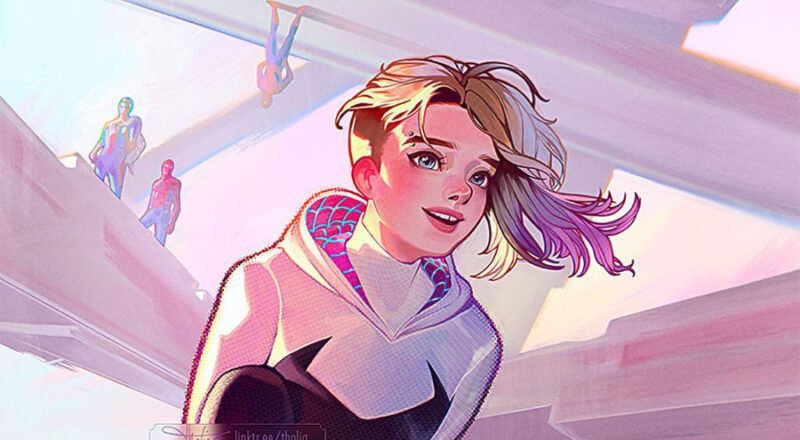
The Transgender Allegory of Gwen Stacy in the Spider-Verse
Gwen Stacy, known in the Marvel Comics Multiverse as Spider-Woman or Ghost-Spider and colloquially as Spider-Gwen, has transcended her comic book origins to become a standout character in the Spider-Verse film franchise.
Voiced by Hailee Steinfeld, Gwen first appeared in the critically acclaimed “Spider-Man: Into the Spider-Verse” and continued to captivate audiences in “Spider-Man: Across the Spider-Verse“. Her portrayal has sparked significant discussion regarding her role as a transgender allegory, a topic that has resonated with many fans and critics alike.
Let’s explore the dimensions of Gwen Stacy’s character and the subtext that suggests a deeper connection to transgender narratives and finally answer the question, is Gwen Stacy transgender?
On this page
Character Background and Evolution
In her backstory, Gwen Stacy is transformed into Spider-Woman following a bite from a radioactive spider, an origin similar to the iconic Spider-Man’s. However, her path diverges into unique narrative territories, marked by personal loss and profound isolation after the tragic death of her friend Peter, who turns into the villainous Lizard.
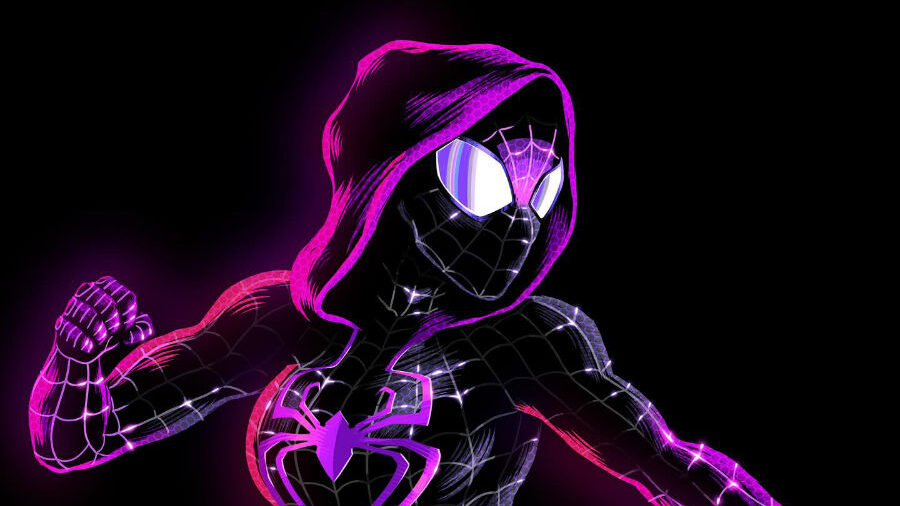
This pivotal event forces her to reevaluate her use of power and her place in the world. The themes of her story—dealing with hidden identity, the burden of secrets, and the quest for redemption—mirror the emotional and psychological journey many transgender individuals face.
Superpower and Real-life Power
This parallel draws a compelling line between Gwen’s fictional struggles and the real-world experiences of coming to terms with one’s identity and the often fraught journey towards self-acceptance.
As Gwen evolves throughout the films, her character arc is not just about superhero bravery; it’s deeply imbued with allegories of the transgender experience, notably through her interactions and the choices she makes.
Transgenderism Easter Eggs
The narrative uses visual cues like color schemes that echo the transgender pride flag and dialogues that subtly hint at dual identities, enriching her storyline as a metaphor for the transgender narrative.
These elements have not only provided depth to her character but have sparked important conversations about visibility and representation in mainstream media, making Gwen Stacy a meaningful figure for transgender advocacy through popular culture.
More Reasons why Some Fans think she’s Transgender
People did not just assume that she is transgender for no reason. Here are some clues as to why they think Gwen Stacy is a transgender woman.
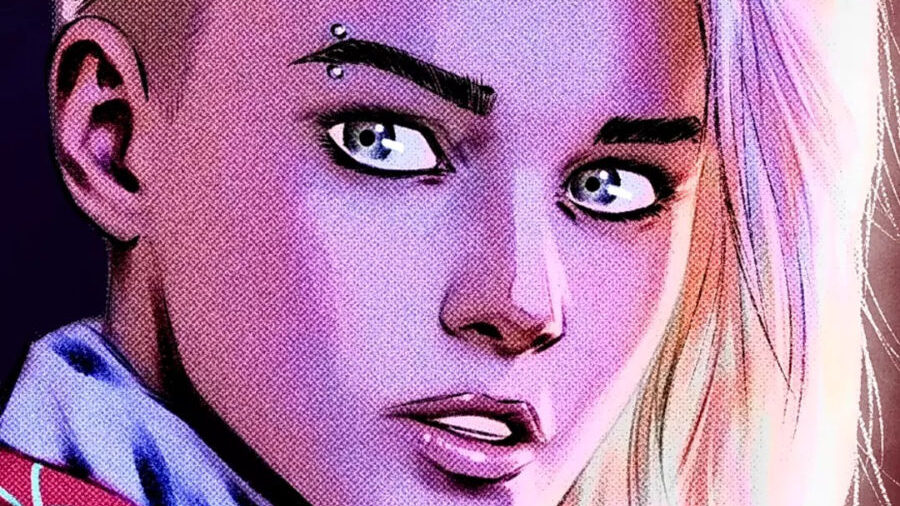
Across the Spider-Verse
“Spider-Man: Across the Spider-Verse” expands on Gwen Stacy’s character with significant depth, exploring her internal and external struggles in a way that resonates with complex emotional landscapes.
The film delves into her turbulent relationship with her father, Captain George Stacy, which becomes a pivotal element of the narrative. This relationship intricately portrays the challenges Gwen faces, both as a superhero and as a young woman grappling with her identity.
The film employs a nuanced approach to storytelling, using the dynamics between father and daughter to highlight themes of understanding and acceptance, which are often central to transgender narratives.
These elements are carefully woven into the storyline, providing a rich backdrop for her journey of self-discovery and acceptance.
Visual Representation
In terms of visual representation, the film makes a pronounced use of color symbolism to further enrich Gwen’s narrative. The colors pink, blue, and white—prominent in the transgender pride flag—frequently adorn the scenes that focus on Gwen’s most personal moments.
This choice is not merely aesthetic but serves as a subtextual layer, enriching the scenes with a deeper significance that aligns with themes of gender identity and transformation. These colors often appear during key scenes of revelation and conflict, subtly suggesting the nuances of Gwen’s dual life as both a teenager and a superhero.
This coding not only highlights her struggles but also paints her resilience and adaptability in a world that is constantly changing around her.
Symbolic Coloration
The use of queer coding and symbolic coloration in Gwen’s story arc does more than just tell a superhero tale; it invites audiences to interpret her experiences through a lens that mirrors the transgender journey.
Such narrative and visual techniques create a dialogue between the character’s fictional struggles and the real-life challenges faced by transgender individuals.
The deliberate inclusion of these elements makes Gwen’s character a relatable and inspirational figure for many in the LGBTQ+ community, offering a form of representation that goes beyond conventional superhero tropes to touch on deeper societal issues.
Allegorical Interpretations of Some Fans
The portrayal of Gwen Stacy in “Across the Spider-Verse” incorporates subtle yet powerful symbols that many viewers interpret as nods to transgender experiences, particularly through the set design and her dialogue.

Transgender Flag
The presence of a transgender pride flag prominently displayed in Gwen’s bedroom is a visual cue that speaks volumes.
This symbol, coupled with her poignant admission that her parents know “only half of who I am,” frames her story in a context that many in the transgender community find deeply relatable.
These elements do not explicitly declare Gwen as transgender, but they do enrich her narrative with layers that resonate with themes of hidden identities and the struggle for self-disclosure within a society that may not fully understand or accept one’s true self.
Only Half of Who I Am
This allegorical reading is further emphasized in the scenes where Gwen reveals her superhero identity to her father, a moment fraught with tension and emotional vulnerability.
This pivotal scene can be seen as a metaphor for the ‘coming out’ experience faced by many transgender individuals, where the act of revealing one’s true identity carries significant personal risk but is necessary for authenticity.
The film handles this moment with a delicate balance of drama and realism, making it a powerful allegory for the coming-out process. The emotional weight of Gwen’s disclosure to her father captures the fear, hope, and potential for new understanding that defines many such real-life experiences.
How Impactful Gwen Stacy is on the Transgender Community
Gwen Stacy’s portrayal in the Spider-Verse films has significantly impacted both the cultural landscape and the comic book community, drawing praise for its thoughtful and nuanced exploration of identity and acceptance.
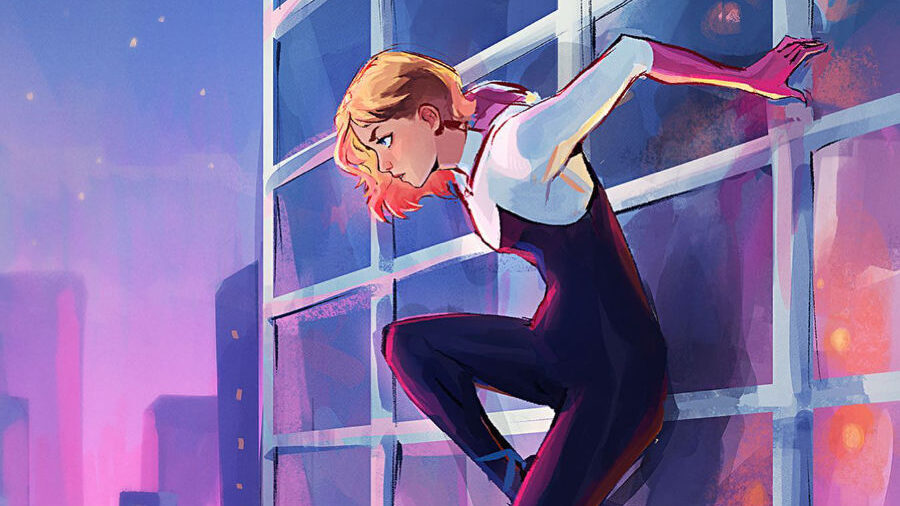
Her character adds a rich layer of diversity to the Spider-Man universe, celebrated not just for her superhero exploits but also for embodying a narrative that resonates with the transgender community.
This aspect of her characterization provides crucial visibility and fosters a sense of representation, which is particularly meaningful in a mainstream animated franchise.
The reception of Gwen’s character highlights a broader shift in how superhero stories are told, reflecting growing societal recognition of diverse identities and experiences. By aligning aspects of her story with elements of the transgender experience, the films encourage empathy and understanding from a wide audience.
Challenges and Moving Forward
The interpretation of Gwen Stacy as a transgender symbol in the Spider-Verse films has sparked varied reactions, underscoring the complexity of integrating such themes into mainstream media. While many have embraced the nuanced portrayal and found profound meaning in the allegorical elements, others have voiced concerns about the intentionality behind these interpretations.
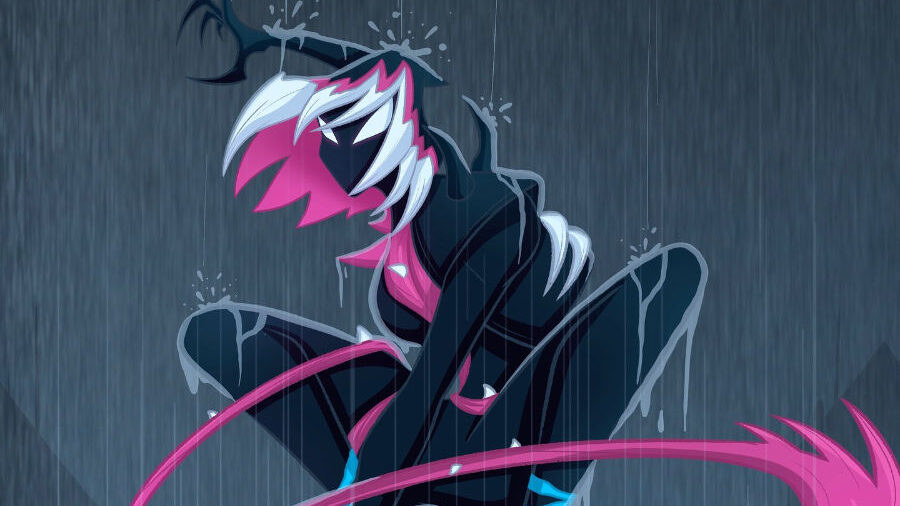
Skeptics argue whether the filmmakers deliberately crafted Gwen’s character as a transgender allegory or if audiences are reading into aspects that were not explicitly designed to convey this message.
This division highlights the broader challenge of balancing artistic expression with audience interpretation, especially in narratives involving sensitive and significant topics like gender identity.
Censorship Laws
Further complicating the reception of Gwen’s character are the varying cultural and regulatory landscapes across different regions. In some countries, the inclusion of any LGBTQ+ themes can lead to significant backlash or censorship, impacting how the films are received and distributed.
For instance, the subtle references to transgender identity in “Across the Spider-Verse” led to the pulling of the film from theaters in certain areas with strict censorship laws, demonstrating the real-world challenges of presenting such themes universally.
This reception not only reflects the diverse global perspectives on transgender issues but also highlights the ongoing struggle for LGBTQ+ representation in international media markets.
Is Spider Gwen Trans?
In conclusion, whether Gwen Stacy, or Spider-Gwen, is truly intended to represent a transgender character may remain a subject of debate among fans and critics. The film offers a ton of clues—like the transgender pride flag in Gwen’s room and her dialogue about her parents knowing “only half of who I am”—that invite viewers to explore this interpretation.

However, without a definitive confirmation from the creators, it ultimately depends on individual perception and interpretation. Audiences are encouraged to watch the films with these discussions in mind and draw their own conclusions from the clues presented.
Did you enjoy reading this? Feel free to share it on your timeline. Not only will you spark the interest of your friends and family, but you’ll also help create more safe spaces for the transgender community.



